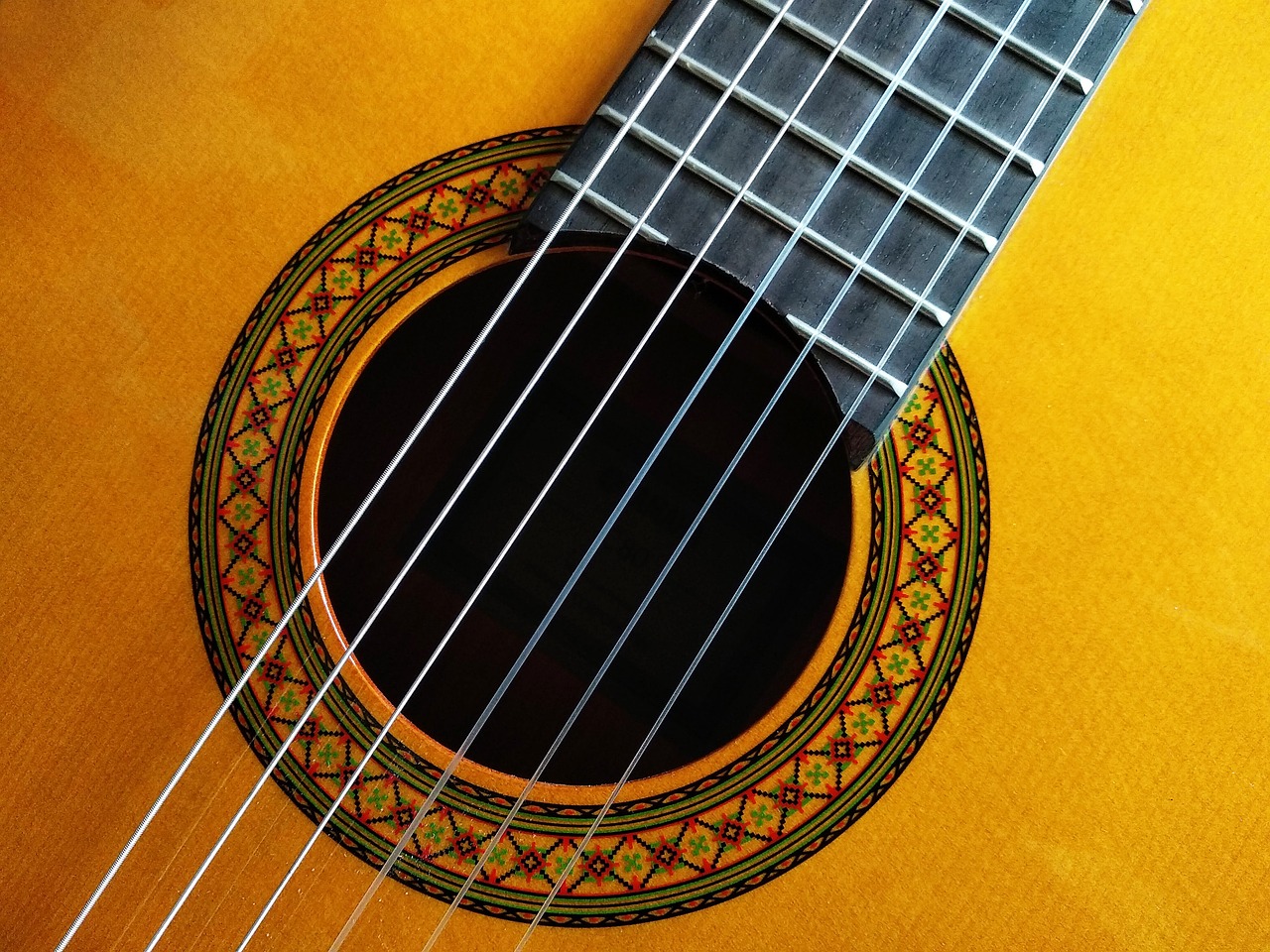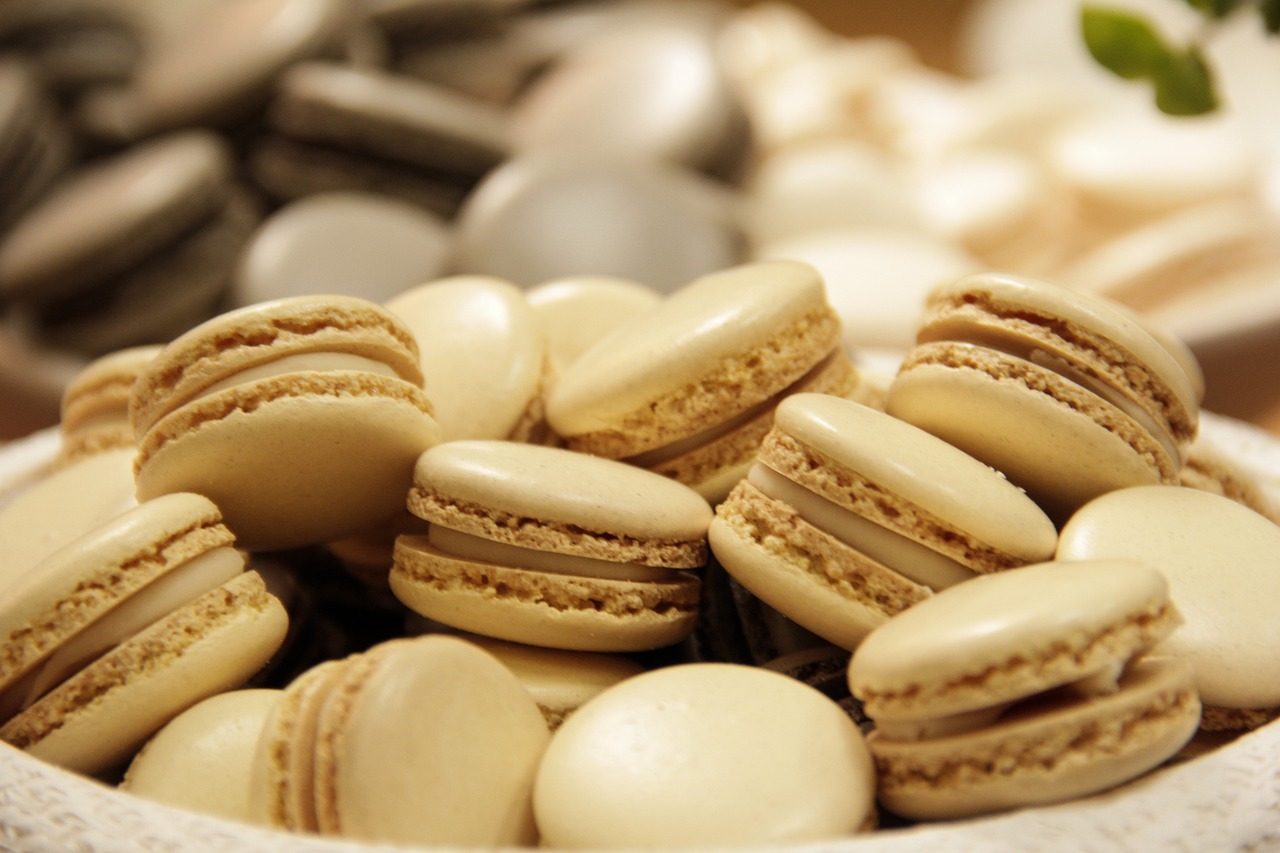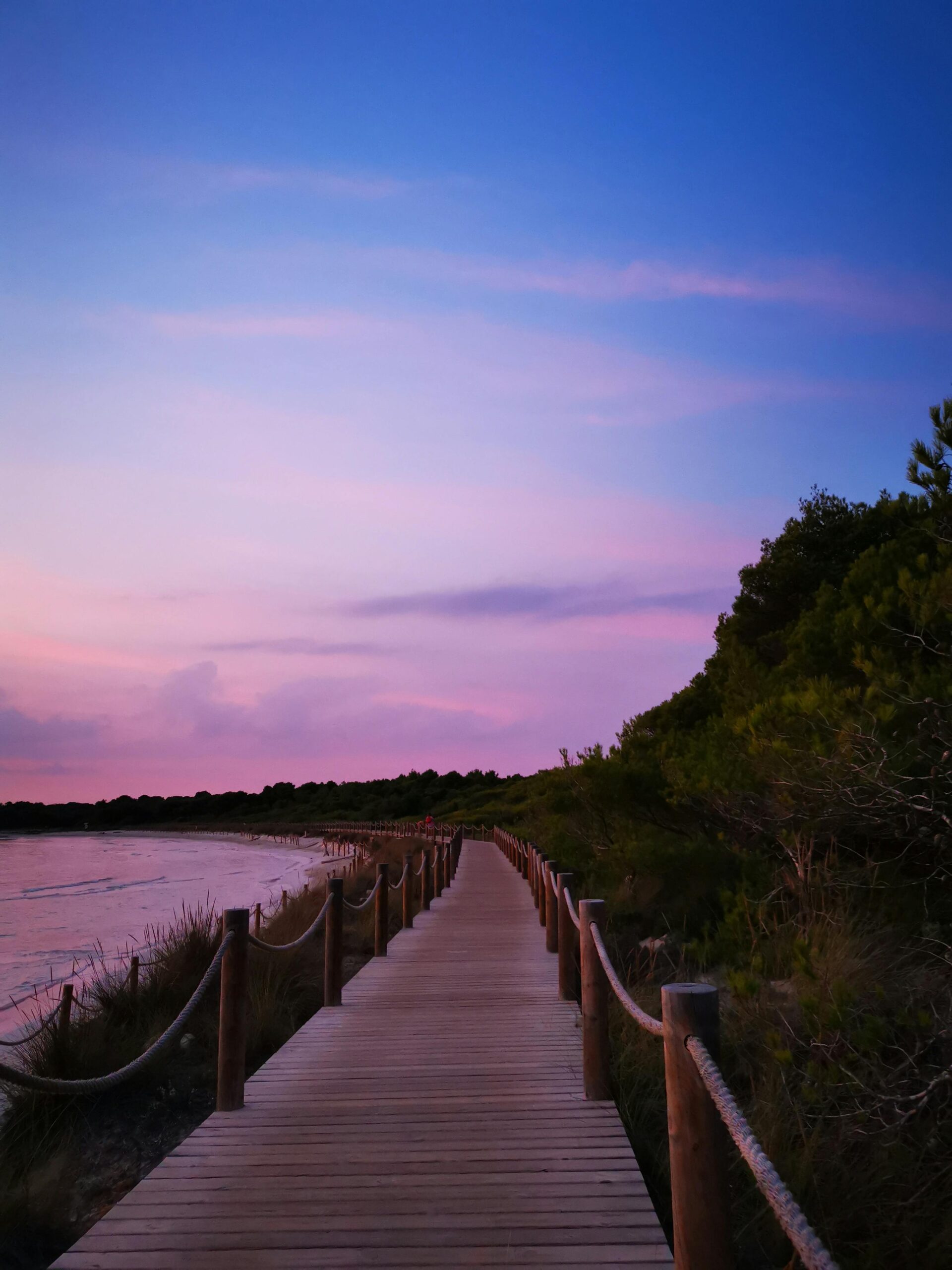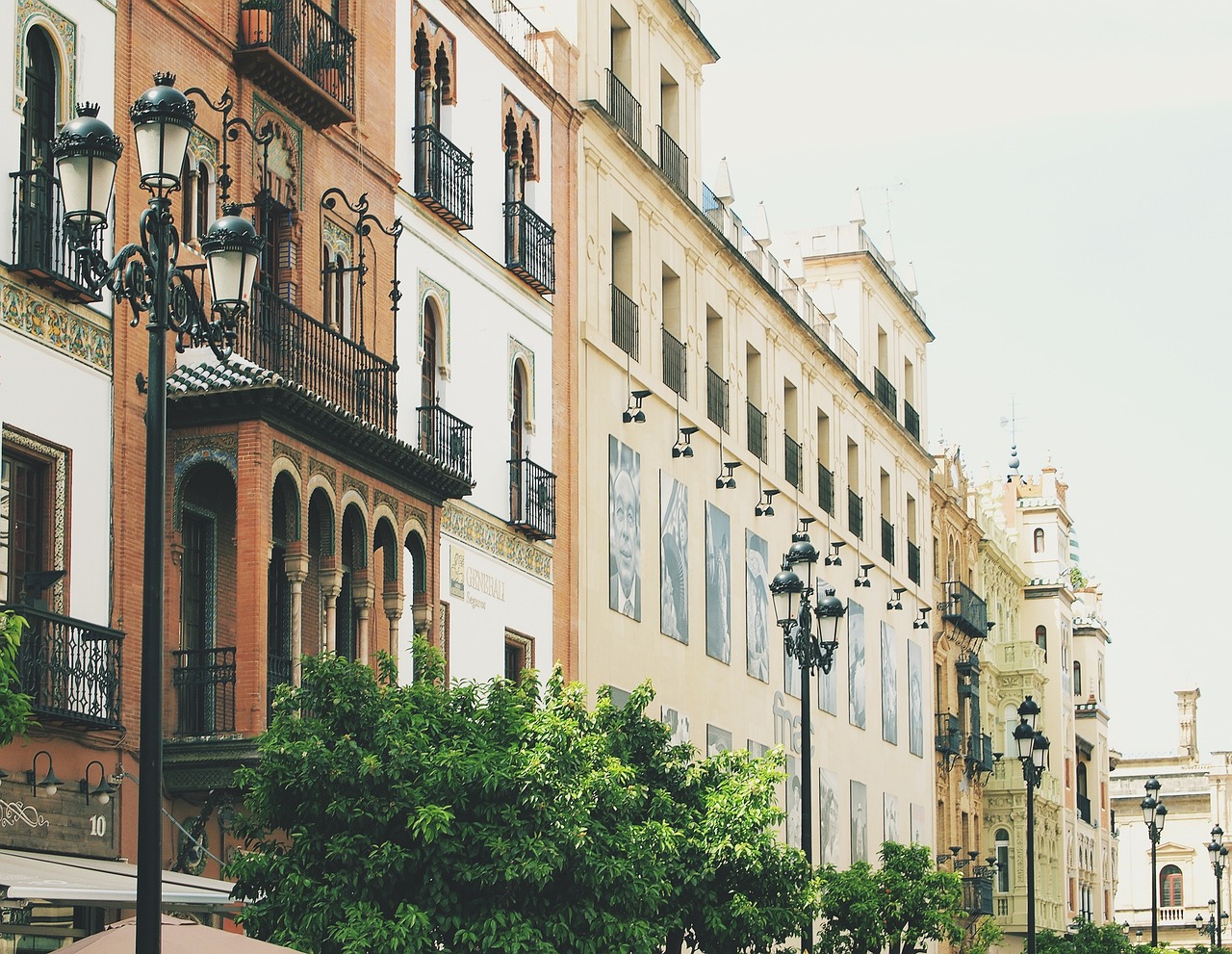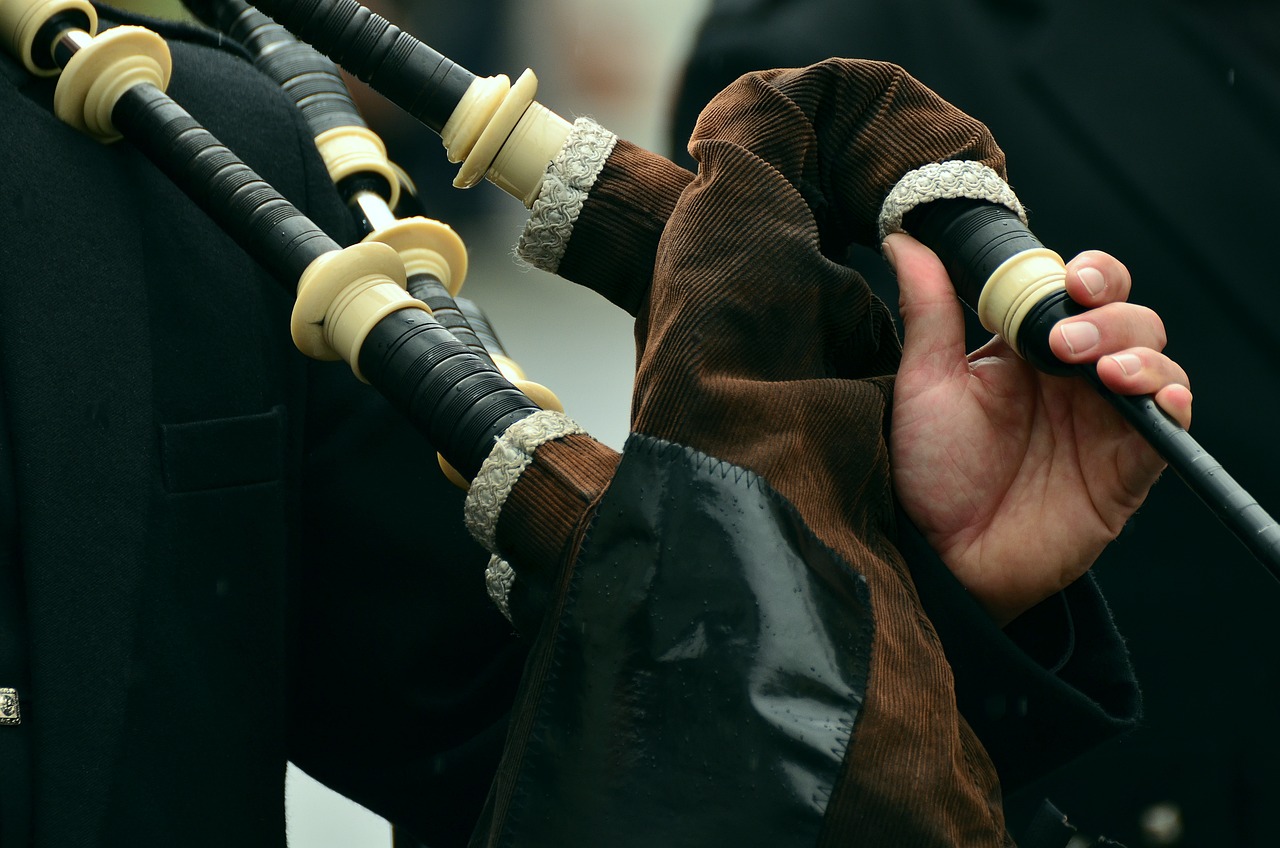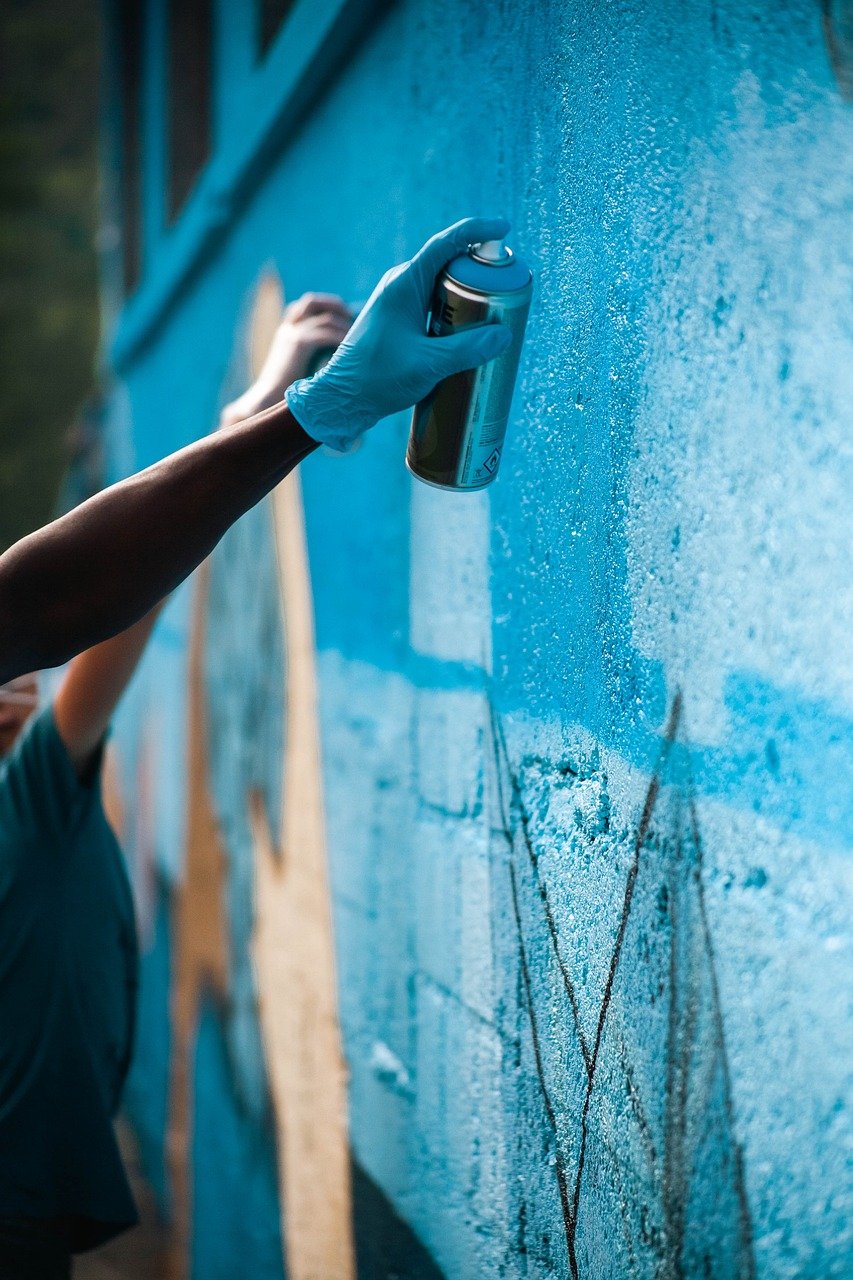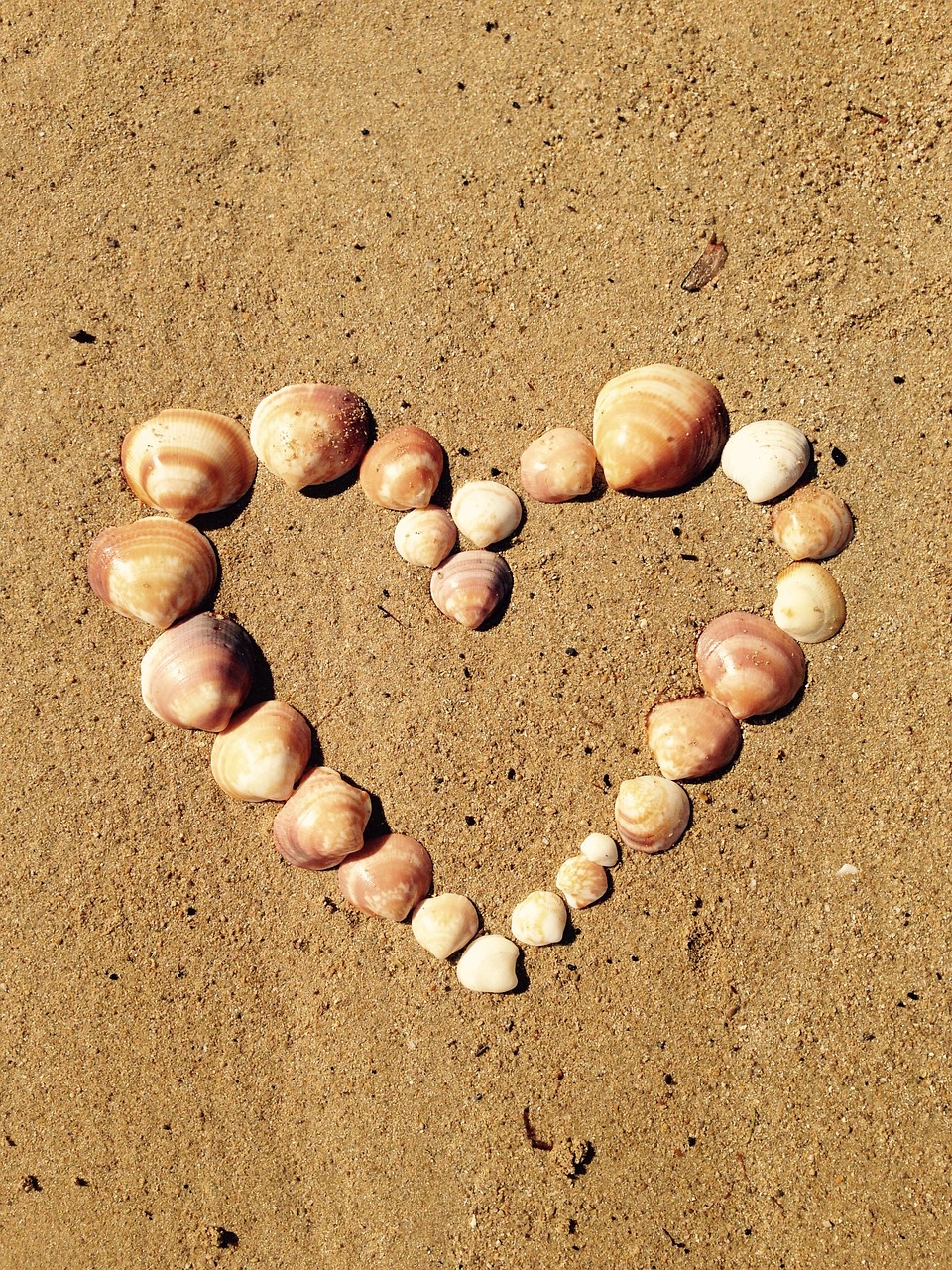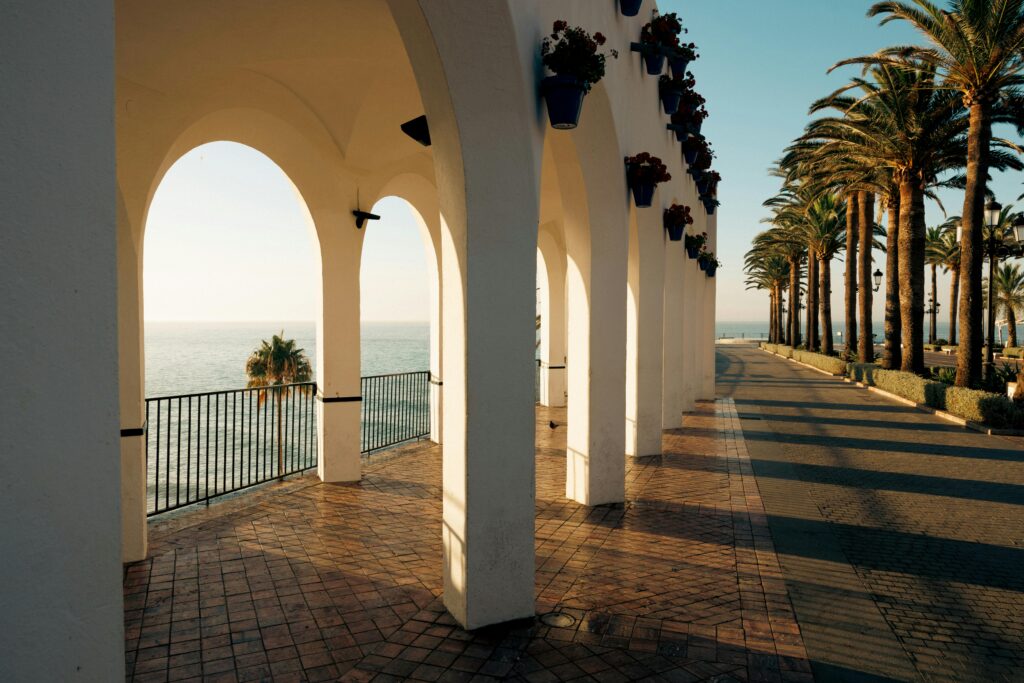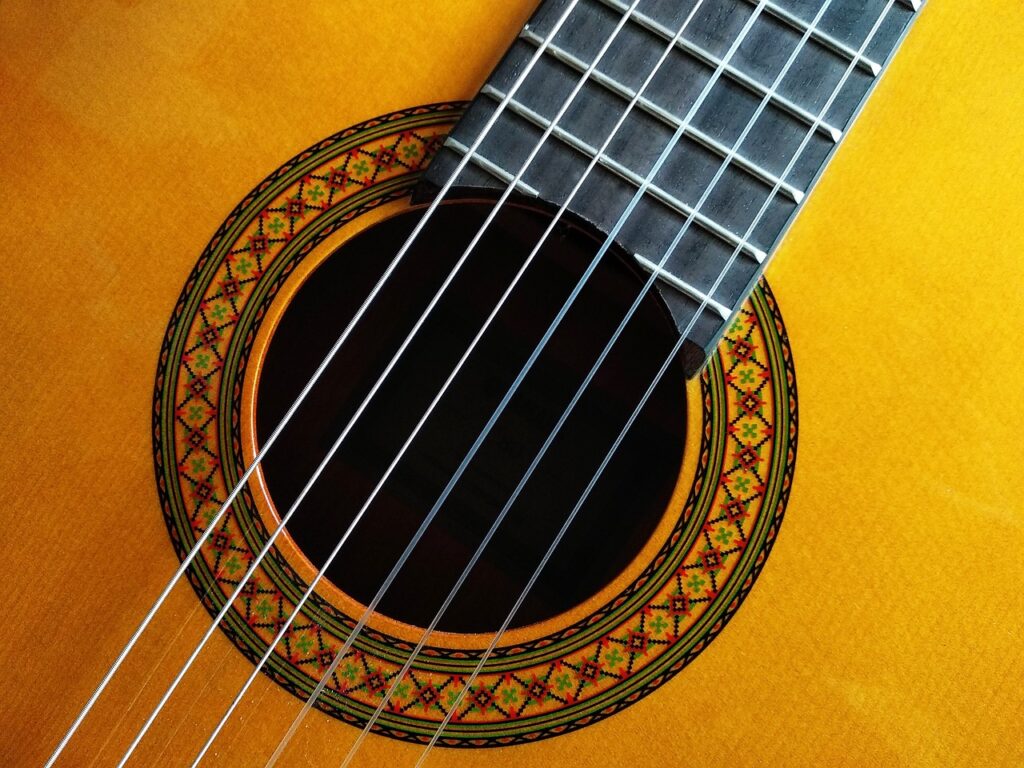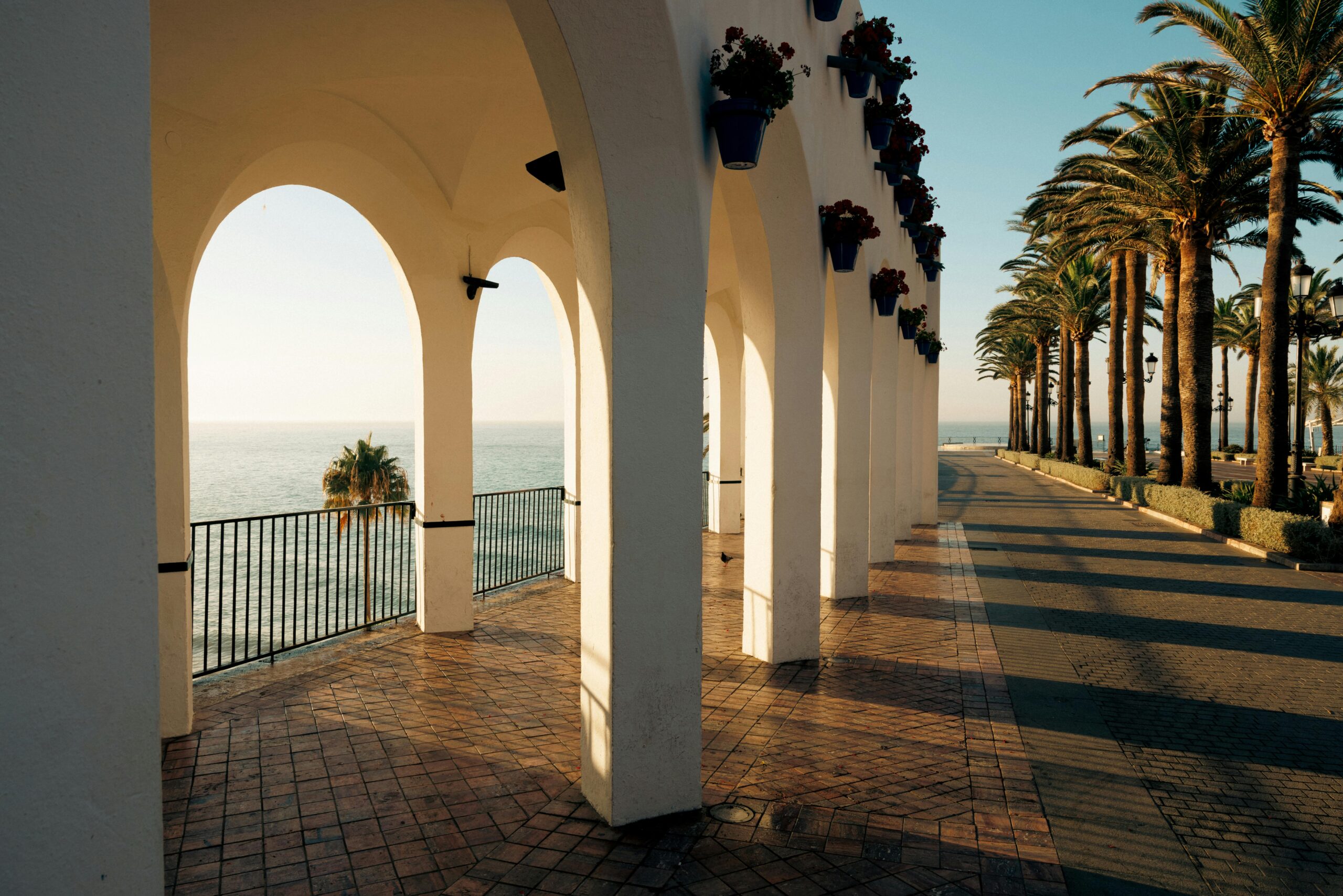
Exploring Menorca's Marine Reserves: A Snorkeling Guide
- Menorca
- septiembre 6, 2024
Hanna Smith
Writer & Blogger
Menorca, the quieter sister of the Balearic Islands, is a paradise for nature lovers and marine enthusiasts. The island is home to several marine reserves that protect its rich underwater biodiversity, making it one of the best destinations in the Mediterranean for snorkeling. Whether you’re an experienced snorkeler or a beginner, Menorca’s clear waters, vibrant marine life, and stunning coastal scenery offer an unforgettable experience. Here’s a guide to the best marine reserves in Menorca and tips on how to make the most of your snorkeling adventure.
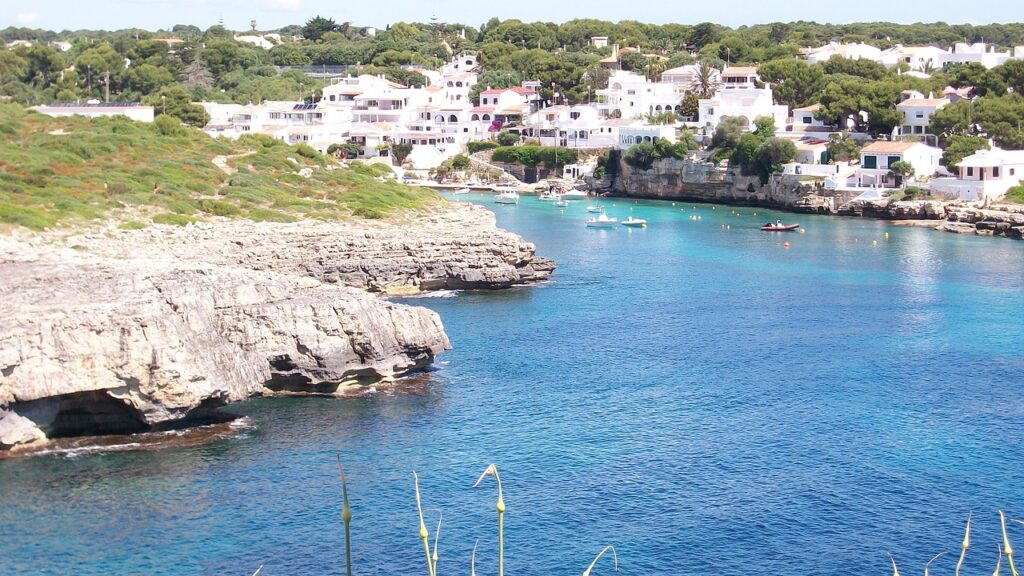
Reserva Marina del Norte de Menorca
One of the most important marine reserves in Menorca is the Reserva Marina del Norte de Menorca, located along the northern coast of the island. This protected area stretches from Cap Gros to Punta des Morter, encompassing a variety of habitats, including rocky reefs, seagrass meadows, and underwater caves. The reserve is known for its crystal-clear waters and rich marine life, making it a prime spot for snorkeling.
In the Reserva Marina del Norte, you can expect to see a wide range of species, including groupers, octopuses, moray eels, and various types of bream. The seagrass meadows, known as Posidonia oceanica, are particularly important as they provide a habitat for juvenile fish and other marine creatures. The area around Cala Pregonda and Cala Pilar are especially popular for snorkeling due to their sheltered coves and abundant marine life. Remember to respect the protected status of the reserve by not touching or disturbing the wildlife and by avoiding the use of chemical sunscreens that can harm the marine environment.
Reserva Marina de la Isla del Aire
Located off the southeastern coast of Menorca, the Reserva Marina de la Isla del Aire is another top snorkeling destination. This marine reserve surrounds the small island of Illa de l’Aire, which is easily recognizable by its iconic lighthouse. The waters around Isla del Aire are teeming with marine life, thanks to the strong currents that bring nutrients to the area.
Snorkelers in the Reserva Marina de la Isla del Aire can encounter species such as barracudas, scorpionfish, spiny lobsters, and cuttlefish. The rocky seabed and underwater caves add to the excitement of exploring this area, and the visibility is often excellent, allowing you to fully appreciate the underwater scenery. The reserve is also a great place to see loggerhead sea turtles, which are occasionally spotted in the area.
Access to the Isla del Aire is typically by boat, and there are several local companies that offer guided snorkeling tours. These tours often include a stop on the island itself, where you can explore the lighthouse and enjoy the views before diving into the surrounding waters.
Cala Macarella and Cala Macarelleta
While not a designated marine reserve, the waters around Cala Macarella and Cala Macarelleta on Menorca’s southern coast are some of the best spots for snorkeling on the island. These two coves, famous for their turquoise waters and white sandy beaches, are sheltered by steep cliffs, creating calm conditions ideal for snorkeling.
The shallow waters here are home to a variety of colorful fish, including wrasses, damselfish, and blennies. The rocky outcrops at the edges of the coves provide plenty of nooks and crannies where marine life can hide, making each snorkeling session a new adventure. The stunning scenery above and below the water makes Cala Macarella and Cala Macarelleta a must-visit for any snorkeling enthusiast.
To make the most of your visit, try to arrive early in the morning before the crowds, especially during the summer months. Both coves can be reached by a scenic coastal walk from Cala Galdana, or you can take a boat trip that includes stops at both beaches.
Es Grau and the Albufera des Grau Natural Park
For a more tranquil snorkeling experience, head to Es Grau, a small fishing village on the northeastern coast of Menorca. The nearby Albufera des Grau Natural Park is one of the island’s most important protected areas, both for its terrestrial and marine ecosystems. The shallow, sheltered waters of Es Grau are perfect for beginners and families, offering a safe and enjoyable snorkeling environment.
In the waters around Es Grau, you can spot sea cucumbers, starfish, sea urchins, and a variety of small fish. The Posidonia meadows here are especially well-preserved, providing a critical habitat for many marine species. The natural park is also a haven for birdlife, so keep an eye out for ospreys, herons, and kingfishers as you explore the area.
After snorkeling, take some time to explore the park’s walking trails, which offer stunning views of the coastline and the chance to see some of Menorca’s unique flora and fauna.
Punta Prima and Illa de l’Aire
Punta Prima, located on the southeastern tip of Menorca, offers another excellent snorkeling opportunity, particularly around the area of Illa de l’Aire. The beach at Punta Prima is a popular spot for families, thanks to its shallow waters and gentle waves, but it’s also a great starting point for a snorkeling adventure.
The waters around Illa de l’Aire are home to a diverse array of marine life, including schools of fish, sea anemones, and the occasional ray. The island is also known for its population of black lizards, which are unique to this part of Menorca. The rocky seabed and clear waters make for excellent visibility, allowing you to fully appreciate the underwater landscape.
Local dive shops and tour operators offer guided snorkeling excursions to Illa de l’Aire, which often include a boat ride to the island and the chance to explore its lighthouse. Whether you’re snorkeling close to the shore or venturing out to deeper waters, Punta Prima offers a rewarding and accessible snorkeling experience.
Tips for Snorkeling in Menorca
- Bring Your Own Gear: While some beaches offer rental equipment, having your own mask, snorkel, and fins ensures a comfortable fit and a better experience.
- Check the Weather: Calm, clear conditions are ideal for snorkeling, so check the weather and sea conditions before heading out.
- Respect Marine Life: Avoid touching or disturbing the wildlife, and consider using eco-friendly sunscreen to protect the marine environment.
- Explore Early: Popular snorkeling spots can get crowded, especially in the summer, so try to visit early in the morning for a more peaceful experience.
Conclusion
Menorca’s marine reserves and coastal waters offer some of the best snorkeling in the Mediterranean, with clear waters, diverse marine life, and stunning underwater landscapes. Whether you’re exploring the protected waters of Reserva Marina del Norte de Menorca, the vibrant sea life around Isla del Aire, or the picturesque coves of Cala Macarella, you’re sure to have an unforgettable snorkeling adventure. So grab your gear, dive in, and discover the underwater treasures of Menorca.
Recent Posts
- All Posts
- Alicante
- Barcelona
- Beaches
- Bilbao
- Castles
- Cordoba
- Culture
- Day Trips
- Family
- Gastronomy
- Granada
- Hidden Gems
- Ibiza
- Madrid
- Mallorca
- Menorca
- Nature
- Nightlife
- Oviedo
- Seville
- Shopping
- Toledo
- Travel
- Valencia
- Zaragoza

Are you traveling with children?
Take some ideas of plans so you can enjoy the trip as a family. Ideal for everyone!
Category
- Alicante (15)
- Barcelona (15)
- Beaches (11)
- Bilbao (15)
- Castles (2)
- Cordoba (14)
- Culture (59)
- Day Trips (8)
- Family (13)
- Gastronomy (51)
- Granada (15)
- Hidden Gems (15)
- Ibiza (16)
- Madrid (15)
- Mallorca (5)
- Menorca (16)
- Nature (4)
- Nightlife (8)
- Oviedo (15)
- Seville (17)
- Shopping (6)
- Toledo (14)
- Travel (1)
- Valencia (16)
- Zaragoza (13)
Tags
- Adventure (3)
- ARt (5)
- Brunch (1)
- Churchs (5)
- Coffee (2)
- Day Trips (2)
- Festivals (2)
- Flamenco (3)
- Garden (1)
- Hidden Gems (10)
- Hiking (1)
- Historical (18)
- Market (4)
- Museums (2)
- Music (2)
- Nerja (1)
- Parks (3)
- Patios (3)
- Pintxos (2)
- Relax (1)
- Rooftops (3)
- Seafood (3)
- Snorkel (1)
- Spring (1)
- Tapas (8)
- Traditional (1)
- Trail (3)
- Trip (2)
- Viewpoints (2)
- Walking (4)
- Weekend (1)
- Wine (1)
- Winter (1)
Top 10 Best Christmas Markets in Spain: Festive Guide 2024 Travel noviembre 19, 2024 Olivia Jones Writer & Blogger Spain, with its rich cultural heritage and festive spirit, transforms into a winter wonderland during the holiday season. From bustling urban centers to quaint historic towns, the country hosts a plethora of Christmas markets that captivate both locals and visitors. These markets, known as «mercados de Navidad,» offer a unique blend of traditional crafts, delectable treats, and vibrant entertainment, making them a must-visit during the festive period. 1. Plaza Mayor Christmas Market, Madrid Madrid’s Plaza Mayor, a historic square dating back to the 17th century, becomes the heart of the city’s Christmas celebrations. From late November to December 31st, the square is adorned with over 100 stalls offering a variety of items, from handcrafted ornaments to traditional nativity scene figures. The market is renowned for its festive atmosphere, with twinkling lights illuminating the square and street performers entertaining the crowds. Visitors can indulge in seasonal delicacies such as «turrón» (nougat) and «polvorones» (almond cookies), making it a delightful experience for all ages. Destinos Europeos Excepcionales 2. Fira de Santa Llúcia, Barcelona Established in 1786, the Fira de Santa Llúcia is Barcelona’s oldest and most iconic Christmas market. Located in front of the majestic Barcelona Cathedral, the market features over 280 stalls selling a wide array of products, including handcrafted gifts, decorations, and traditional Catalan items. A unique aspect of this market is the «caganer,» a traditional Catalan figurine often included in nativity scenes. The market also hosts various activities, such as workshops and musical performances, providing a comprehensive festive experience. España 3. Mercado de Navidad de Plaza del Pilar, Zaragoza Zaragoza’s Plaza del Pilar transforms into a festive hub from early December to early January. The market boasts a large ice-skating rink, a nativity scene with live animals, and numerous stalls offering artisanal crafts and local gastronomy. The backdrop of the Basilica del Pilar adds to the enchanting atmosphere, making it a picturesque destination for holiday festivities. Sensational Spain 4. Mercado de Navidad de la Plaza del Ayuntamiento, Valencia Valencia’s central square hosts a charming Christmas market featuring stalls with handcrafted goods, festive decorations, and local delicacies. The market is known for its lively ambiance, with street musicians and performers adding to the festive spirit. Visitors can also enjoy the beautifully decorated Christmas tree and the traditional nativity scene displayed in the square. Sensational Spain 5. Feria del Belén, Seville Seville’s Feria del Belén is a specialized market dedicated to nativity scenes. Located near the Cathedral, the market offers a vast selection of handcrafted nativity figures and accessories, reflecting the city’s deep-rooted Christmas traditions. It’s an ideal place for collectors and those looking to add a unique touch to their holiday decorations. Sensational Spain 6. Mercado de Navidad de la Plaza Mayor, Salamanca Salamanca’s historic Plaza Mayor hosts a delightful Christmas market featuring stalls with artisanal crafts, festive foods, and holiday decorations. The square’s stunning architecture, illuminated with festive lights, provides a magical setting for the market. Visitors can enjoy traditional Spanish Christmas treats and find unique gifts while soaking in the festive atmosphere. Sensational Spain 7. Mercado de Navidad de la Plaza de la Constitución, Málaga Málaga’s Plaza de la Constitución becomes a focal point of Christmas celebrations, hosting a market with stalls offering a variety of products, from crafts to culinary delights. The city’s famous Christmas lights, especially along Calle Larios, are a major attraction, drawing visitors from all over to witness the spectacular displays. Sensational Spain 8. Mercado de Navidad de la Plaza Mayor, León León’s Plaza Mayor transforms into a festive market during the holiday season, featuring stalls with local crafts, food, and Christmas decorations. The market is known for its warm and welcoming atmosphere, with the historic square providing a beautiful backdrop for the festivities. Visitors can enjoy traditional music performances and sample regional specialties, making it a memorable experience. Sensational Spain 9. Mercado de Navidad de la Plaza del Príncipe, Vigo Vigo’s Plaza del Príncipe hosts a vibrant Christmas market known for its lively atmosphere and diverse offerings. Stalls feature a range of products, including handmade crafts, festive foods, and unique gifts. The city’s impressive Christmas light displays, which have gained international recognition, add to the market’s appeal, creating a magical setting for holiday shoppers. Sensational Spain 10. Mercado de Navidad de la Plaza Mayor, Burgos Burgos’s Plaza Mayor becomes a hub of Christmas activity, with a market offering a variety of goods, from artisanal crafts to local delicacies. The market is set against the backdrop of the city’s historic architecture, with festive lights illuminating the square. Visitors can explore the stalls, enjoy traditional music, and experience the warm hospitality of the locals during the holiday season. Sensational Spain Tips for Visiting Spanish Christmas Markets Timing: Most markets open in late November and run until early January. It’s advisable to check specific dates in advance, as they can vary each year. Local Specialties: Each region offers unique products and delicacies. For instance, Barcelona is known for its «caganer» figurines, while Madrid offers a variety of nativity scene figures. Cultural Etiquette: Engaging with local vendors and participating in traditional activities can enhance the experience. Learning a few basic Spanish phrases can also be beneficial. Weather Preparedness: While Spain generally has a mild winter, temperatures can drop in the evenings. Dressing in Recent Categories You may also like: Edit Template
Authentic Flamenco Shows in Córdoba: Where to Experience the Best Uncategorized septiembre 14, 2024 Hanna Smith Writer & Blogger Edit Template Córdoba, a city steeped in history and culture, is one of the best places in Spain to experience the passionate art of flamenco. While Seville is often seen as the heart of flamenco, Córdoba has its own rich tradition and offers a more intimate and authentic flamenco experience. From small, cozy tablaos to larger venues, here’s a guide to the best places in Córdoba to witness this captivating performance of dance, song, and music. Córdoba Edit Template 1. Tablao El Cardenal One of the most famous venues in Córdoba, Tablao El Cardenal offers nightly flamenco performances featuring some of the region’s most talented dancers, singers, and guitarists. Located in the heart of the city, near the Mezquita, the venue has a traditional Andalusian courtyard setting that adds to the charm of the experience. The performances here are dynamic, showcasing the fiery energy and emotion that make flamenco so unique. Why It’s Special: The venue is steeped in history, set in an old 16th-century building. Performances feature a variety of flamenco styles, including bulerías, tangos, and fandangos. The intimate setting allows for a closer connection to the performers, making it a deeply moving experience. Tips: Book your tickets in advance, as performances often sell out, especially during peak tourist seasons. Arrive early to get a good seat and enjoy the beautiful surroundings of the courtyard. 2. Arte y Sabores de Córdoba For a unique combination of flamenco and local cuisine, Arte y Sabores de Córdoba offers an experience that combines Andalusian gastronomy with an authentic flamenco performance. The venue is located inside the Arab Baths of Santa María, adding an extra layer of historic ambiance to your evening. You can enjoy a selection of traditional tapas and wines while watching a mesmerizing flamenco show. Why It’s Special: The setting in the former Arab Baths creates a unique and historic atmosphere. Enjoy the local flavors of Córdoba with dishes like salmorejo and jamón ibérico as part of your evening. Performances feature both traditional and modern flamenco, showcasing a range of styles and expressions. Tips: Make a reservation for both the show and the meal to ensure you have the full experience. Try the local wines that are offered as part of the dinner package for an authentic taste of Córdoba. 3. Peña Flamenca Fosforito For those looking for a more local and traditional experience, Peña Flamenca Fosforito is a flamenco social club where locals gather to celebrate the art of flamenco. Named after Antonio Fernández Díaz “Fosforito”, a legendary flamenco singer from Córdoba, this venue offers a more informal and intimate setting where you can witness flamenco performances that are deeply rooted in the community. Why It’s Special: The performances here are raw and authentic, often featuring local talent. It’s a great place to experience cante jondo, the deepest and most expressive style of flamenco singing. The atmosphere is friendly and welcoming, offering a true taste of Córdoba’s flamenco culture. Tips: Peña Flamenca Fosforito often hosts special events and festivals, so check the schedule in advance for unique performances. This venue is less touristy than others, making it a great option for those looking for a more authentic, local experience. 4. La Bulería La Bulería is a popular flamenco bar in Córdoba where you can experience live flamenco performances in a lively and intimate setting. Known for its vibrant atmosphere, La Bulería attracts both locals and visitors, making it a fantastic place to immerse yourself in the passionate energy of flamenco. The small size of the venue ensures that every seat offers a great view of the performers. Why It’s Special: The venue’s small size creates an up-close experience with the performers. The lively and energetic atmosphere makes it a great spot for a night out with friends or family. It’s a more casual and relaxed environment compared to larger tablaos, offering a fun and spontaneous flamenco experience. Tips: Shows start late in the evening, so plan accordingly for a true flamenco night out. Arrive early to secure a good spot, as seating is limited. 5. La Casa de la Memoria If you’re looking for a deeper understanding of flamenco’s roots and history, a visit to La Casa de la Memoria is a must. While not exclusively a flamenco venue, this cultural center in Córdoba often hosts flamenco shows alongside exhibitions and events that delve into the history of this iconic Andalusian art form. It’s a great place to learn more about the evolution of flamenco while also enjoying a top-notch performance. Why It’s Special: The focus on cultural preservation adds a meaningful dimension to the flamenco performances. The venue regularly hosts lectures and workshops on flamenco, making it ideal for those looking to learn more about the art form. The intimate performances often feature both established and up-and-coming flamenco artists. Tips: Check their event schedule in advance, as performances are not held every night. Consider attending one of the workshops or lectures to gain deeper insight into flamenco culture. Conclusion Córdoba offers a wide range of venues where you can experience authentic flamenco performances, from historic tablaos to local social clubs. Whether you’re looking for a vibrant night out or a more intimate, traditional experience, Córdoba’s flamenco scene will captivate you with its passion and artistry. So grab a seat, tap your feet, and let the soulful sounds of flamenco transport you into the heart of Andalusian culture. Recent Categories You may also like: Edit Template
